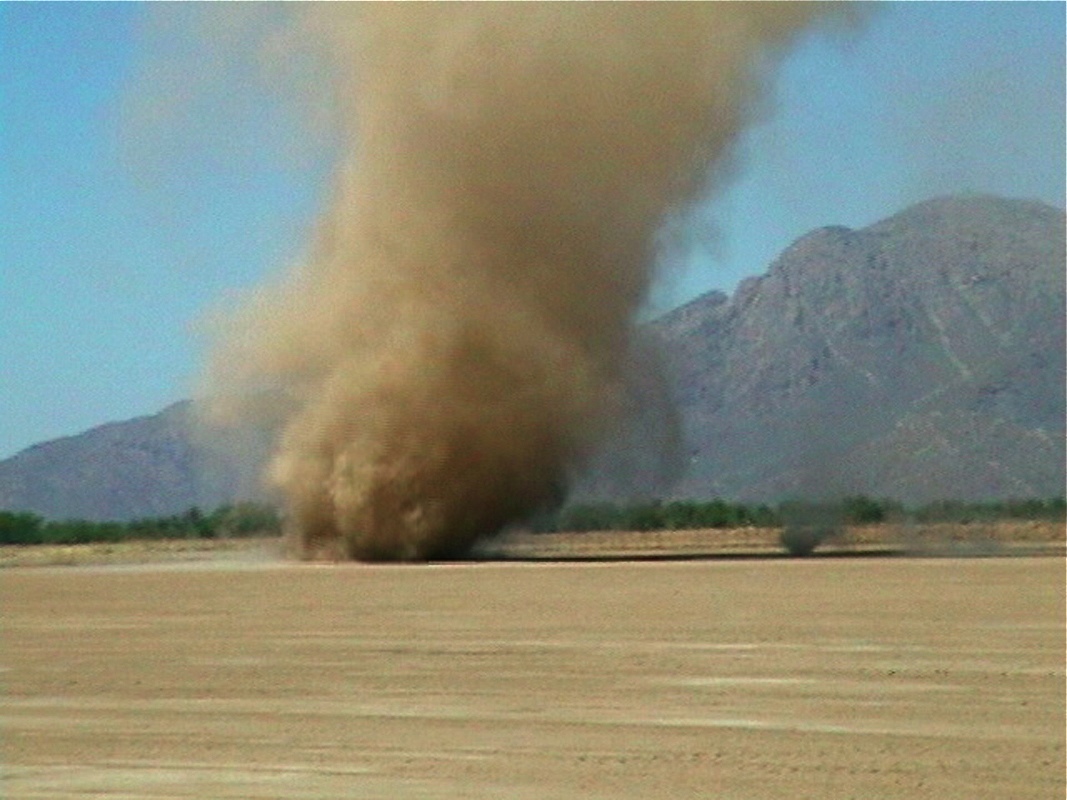Electric sand - and understanding climate
Parallels between Mars and Earth dust devils.
And more.

Wind isn’t acting alone in the geological
process behind erosion, sand dunes and airborne dust particles called aerosols.
The other culprit is electricity. By taking both
factors into account, researchers at the University of Michigan have developed a
new model that matches real-world measurements of “saltation” better
than the decades-old classical
theory.
Saltation is the process of wind blowing grains of sand across a landscape, sending them bouncing against the ground and each other. The bouncing motion of the saltating grains on the soil bed kicks dust aerosols into the air.
This new knowledge could lead to better climate models because it helps scientists understand how aerosols are released, U-M researchers say. Dust is one type of aerosol. Burning fossil fuels releases another type. They are known to affect Earth’s climate by blocking and absorbing sunlight and seeding clouds…
“The effect of aerosols is one of the most uncertain processes in climate change modeling,” Renno and Kok said. “We now know more of the physics of how dust aerosols get into the atmosphere, so we should be able to improve on the way that climate models account for their emission.”
Renno got the idea for this study studying dust devils in Arizona and realized they had a strong electric field.
Saltation is the process of wind blowing grains of sand across a landscape, sending them bouncing against the ground and each other. The bouncing motion of the saltating grains on the soil bed kicks dust aerosols into the air.
This new knowledge could lead to better climate models because it helps scientists understand how aerosols are released, U-M researchers say. Dust is one type of aerosol. Burning fossil fuels releases another type. They are known to affect Earth’s climate by blocking and absorbing sunlight and seeding clouds…
“The effect of aerosols is one of the most uncertain processes in climate change modeling,” Renno and Kok said. “We now know more of the physics of how dust aerosols get into the atmosphere, so we should be able to improve on the way that climate models account for their emission.”
Renno got the idea for this study studying dust devils in Arizona and realized they had a strong electric field.
Posted: Tue - January 8, 2008 at 08:06 AM